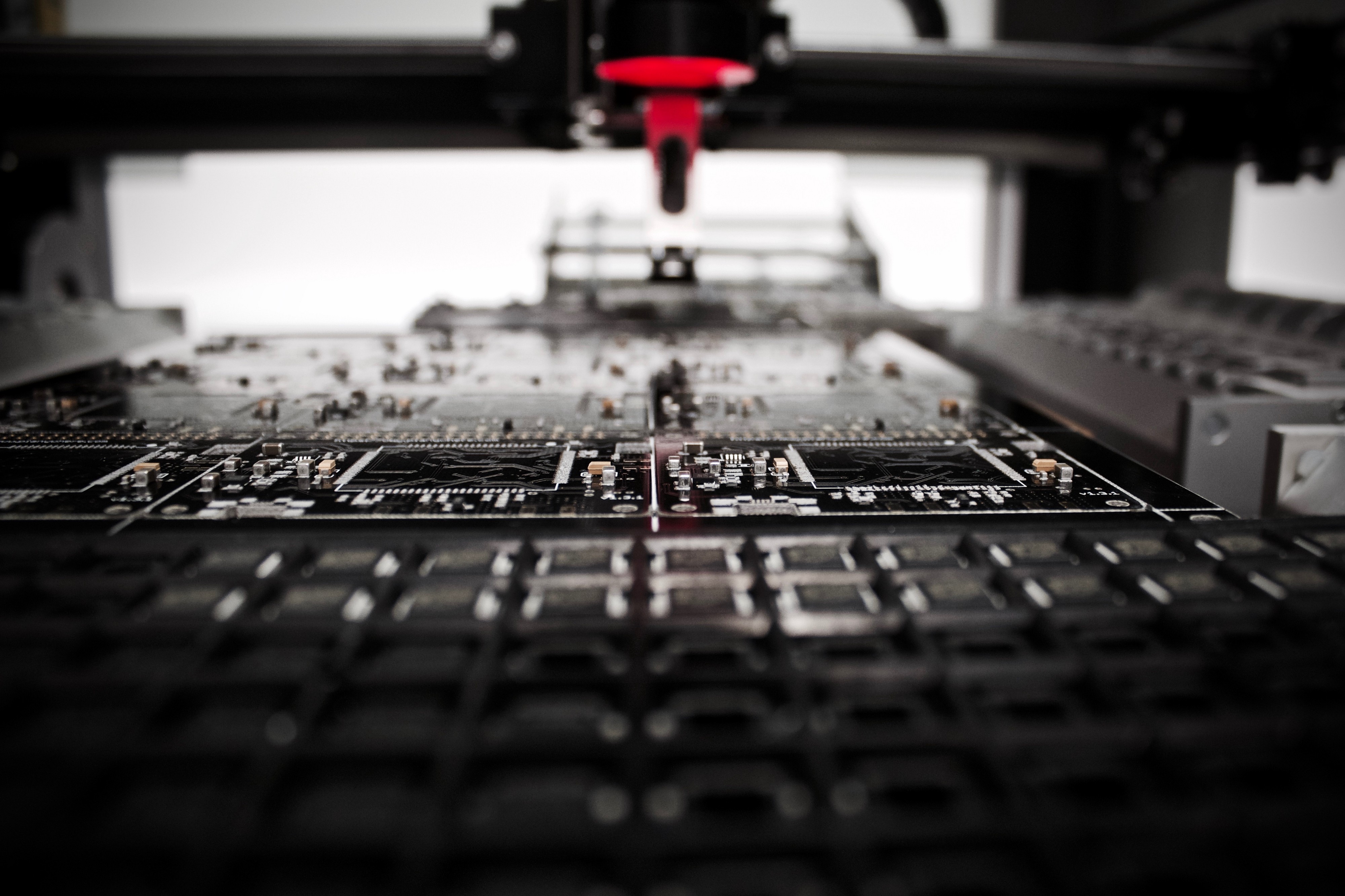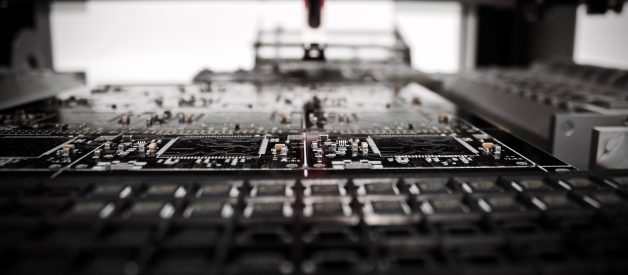When developing electronic products, you?re often going to need some help, particularly when you want to manufacture your product at mass scale. There are 2 main types of company you are likely to ?outsource? your manufacturing to in order to achieve this: ODMs and OEMs. Together, ODMs and OEMs represent the primary types of CMs (Contract Manufacturers) providing EMS (Electronics Manufacturing Services) for electronics products.

ODM ? Original Design Manufacturer ????
As the name suggests, an ODM works with you on the Design of your product, typically they?ll do most of the technical design work to bring a product from concept through to reality. Once they have completed that design, they?ll also help you manufacture that product (usually at their own factories), and then they?ll put your brand name on the product (as the exclusive owner of that product). A side business ODMs may have, is the creation of their own ?White label? products, that brands can put their logos on.
OEM ? Original Equipment Manufacturer ?
The term OEM gets thrown around a little loosely these days, so it can be a little confusing. Usually, it is used to describe a company that takes your product?s design and helps you manufacture it. A famous example of this would be the relationship between Apple Computers and Foxconn: Apple designs their products and Foxconn owns most of the factories which make them. OEM can also refer to a company that makes ?white labelled?/unbranded components used by your factories/ODM to make your end product, so you may be working with an ODM who themselves are using components made by an OEM.
Why work with an ODM or OEM? ?
Since CMs usually have their own factories, and create electronic products for multiple companies, they are able to buy components in bulk, which means you can make your products at a cheaper cost than if you were to buy the components directly. They also are supposed to bring a level of expertise and speed to your production that you would not otherwise have, so that you can create larger volumes of product in a shorter time frame, and without the need to hire people that can technically do what is needed. You also can avoid the huge up-front investment costs typically required for building out your own factory with the equipment you need.
Where will you find an ODM or OEM? ?
Many ODMs or OEMs locate their factories in low-cost countries, where cheaper labour is plentiful. Specifically for electronics, you?ll find many electronics Contract Manufacturers have their headquarters in Taipei or Shenzhen, while their factories are more likely spread across Taiwan, China and increasingly Southeast Asian countries like Vietnam. There are of course ODMs and OEMs in virtually every country, with Germany, USA, Brazil being particularly popular outsourcing destinations outside of Asia.
Many companies start with trying to find their suppliers on online platforms such as Alibaba and Global Sources or by attending one of the many trade shows that take place in Taiwan or China. If you?re a small startup or a company that successfully crowdfunded their hardware, it?s worth talking to a company like Mighty Net ? They help those companies that need smaller volumes of product. Identifying the right supplier is huge topic in itself, and we?ll talk about that in a future post.
How do you work with your ODM or OEM? ?
Trusting another company with your product is hard. Particularly when dealing with suppliers abroad, it can be harder to communicate all the little important details, such as the feel of a product, the exact color finish you want etc. So typically this involves regular face-to-face meetings or receiving various samples/options from them for selection.
Beyond the initial in-person interactions, most people revert to email files back-and-forth, regular phone or video calls or even instant messages. There are 2 major problems with this:
- It?s insecureThere are plenty of horror stories of companies or OEMs/ODMs who had their emails hacked, possibly risking your company secrets, but more practically swapping out bank details in invoices, so that when you send payment, it actually goes to the hackers.
- It?s hard to keep track?Which file is the latest version??, ?Who approved that change to the product and when??, ?How was that file sent to us and where is it now??, ?What is the current status of our production?? are all regular questions that result from carrying on conversations across multiple channels, and can be time-consuming to answer. These questions grow exponentially the more products you have.
At Kaneoh, we?re working on securing and organizing the business conducted between product companies and their suppliers. With our cloud platform, you can create a secure workspace where you and your team can cooperate on every aspect of your product?s development, and then also invite your ODM/OEM suppliers to collaborate with you in a way that limits what they have access on a need-to-know basis. Built in chat, video and voice calling that?s end-to-end encrypted by BlackBerry ensures that your important business conversations are kept private.
Find out more about Kaneoh?s other great features at Kaneoh.com.
If you want to secure early access to Kaneoh, make sure to subscribe to our upcoming product on Product Hunt ?


